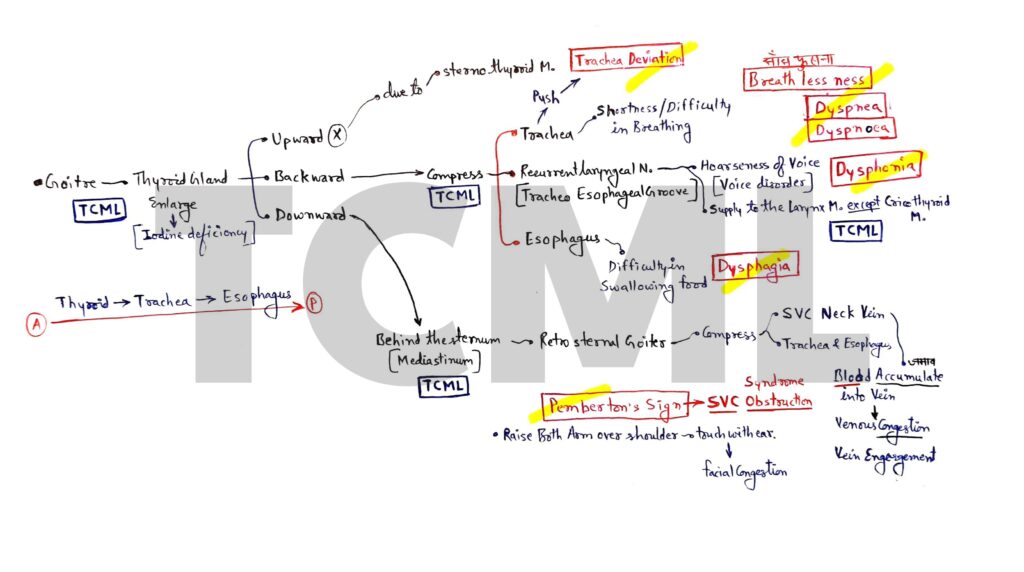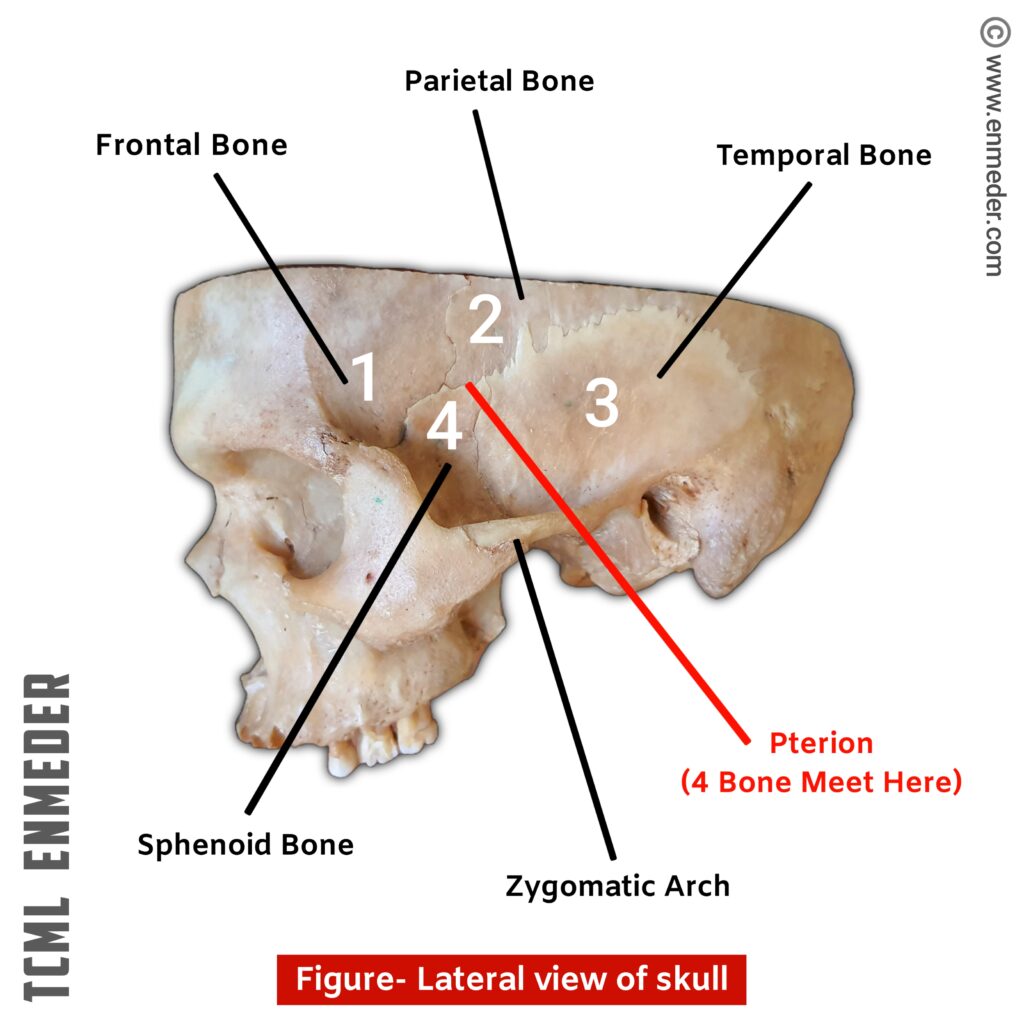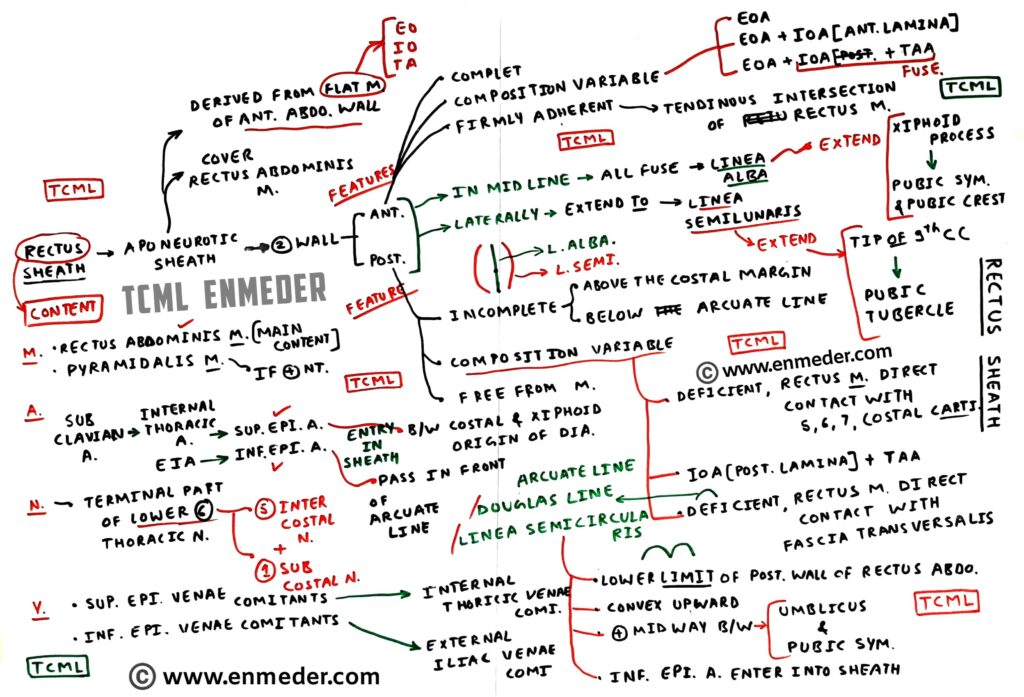GI bleeding
Overview- 1. Epistaxis 2. Hemoptysis 3. Hematemesis 4. Hematochezia 5. Melena6. Hematouria Blood from Nose (Epistaxis) It is also called Epistaxis. Some important questions about nose bleeding. Question 1. Epistaxis is due to the rupture of Kiesselbach’s plexus which is present at little’s area of anterior inferior part of the nasal septum. Question 2. Four […]









